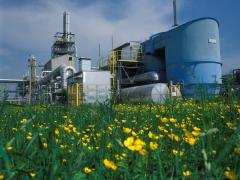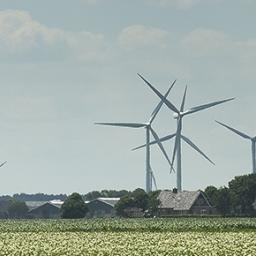The role of the land use, land use change and forestry sector in achieving Annex I reduction pledges
Industrialized countries and economies in transition (Annex I Parties) may receive credits or debits from Land Use, Land Use Change and Forestry (LULUCF) activities, contributing to achieving individual emission reduction targets. In the Durban climate negotiations, Parties agreed new LULUCF accounting rules for the second commitment period of the Kyoto Protocol (CP2). By using these new rules, this paper presents key differences among Parties at the minimum (assuming no additional action) and potential (assuming additional actions) contribution of the forest-related LULUCF activities in achieving the pledges for 2020.
Overall, the potential contribution of LULUCF is relatively modest (up to about 2 percent of 1990 emissions) for the EU, the Annex I Parties likely joining the CP2, and for the Annex I Parties that joined the first commitment period of the Kyoto Protocol (CP1, 2008 - 2012) as a whole. However, for specific Parties, LULUCF can make a substantial contribution to achieving the pledges. For New Zealand, for instance, the potential contribution of future LULUCF credits may equal 33 percent of its 1990 emission level. For Australia, the pledges are expressed relative to 2000 emission levels including LULUCF emissions.
Given that LULUCF emissions have strongly declined between 1990 and 2000, and a further decline in foreseen by 2020 (based on Australia’s projections), the minimum contribution of LULUCF to meet the Australian pledges appears to be about 19 and 7 percent relative to its 1990 and 2000 emission level, respectively. A further 3 percent potential contribution is estimated from additional actions.
Authors
Specifications
- Publication title
- The role of the land use, land use change and forestry sector in achieving Annex I reduction pledges
- Publication date
- 2 October 2012
- Publication type
- Publication
- Magazine
- Climatic Change 115
- Product number
- 811




